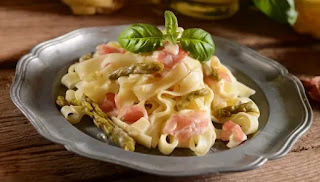Brunello di Montalcino Biondi Santi
There is no country in the world with so much richness and variety of products, natural as the territory gives them or processed by expert hands in simple ways, which are both ancient and the most contemporary. The journey to discover delicacies continues, from the best known to the lesser-known far from the production area. With Brunello di Montalcino, holder of prestigious records, our culture of food and wine remains unbeaten on the world podium of taste.
Since 1865, the year in which Brunello di Montalcino debuted with the first vintage produced by Clemente Santi, this Tuscan red wine continues to collect successes: it was the first Italian fine wine exported to the United States in 1930, the first served at a reception between heads of state (the President of the Republic Giuseppe Saragat and Queen Elizabeth II) and the only one included among the twelve labels of the century according to Wine Spectator magazinetag. Since 1966 it has been protected with the DOC and since 1980 with the DOCG (the first in Italy, together with Vino Nobile di Montepulciano and Barolo). The territory has also played its part: in 1941 the first public wine shop for the sale of wines in the area was inaugurated in Montalcino, in 1948 a winery opened its doors to visitors for the first time, giving way to the development of wine tourism. Today, the Consortium brings together 219 producers and the hectares dedicated to the production of Brunello are 2100 (with a value of almost one million euros per hectare), scattered in an area rich in biodiversity, with 50% of the land occupied by woods and 10% destined for olive groves, not counting the areas of pasture and arable land; with almost 50% of the vineyards cultivated organically, Montalcino boasts a percentage three times higher than the national average. Who are the main admirers of Brunello? Italy stands out, followed by the United States, Canada, Germany and Switzerland.
Grape varieties: Sangiovese grosso 100%
Alcohol: 13,5%
Time to taste it: special occasions Biondi Santi's Brunello di Montalcino goes splendidly with refined meat-based preparations, including roast. Impossible not to enjoy it even at the end of a meal, alone.
Tasting Notes
Bright ruby chalice. On the nose, a complex and elegant bouquet and a profile that expands and changes minute by minute. First nose chiseled with delicate flowers and sweet spices, followed by a light fruit, a touch of ginger and a hint of verbena and mint. The mineral voice and the tobacco notes at the end are surprising. The taste has class and tension: classic, aristocratic, it is both graceful and austere. Three-dimensional mouth, which develops with progression, maintaining an unmistakable elegance and personality.




















